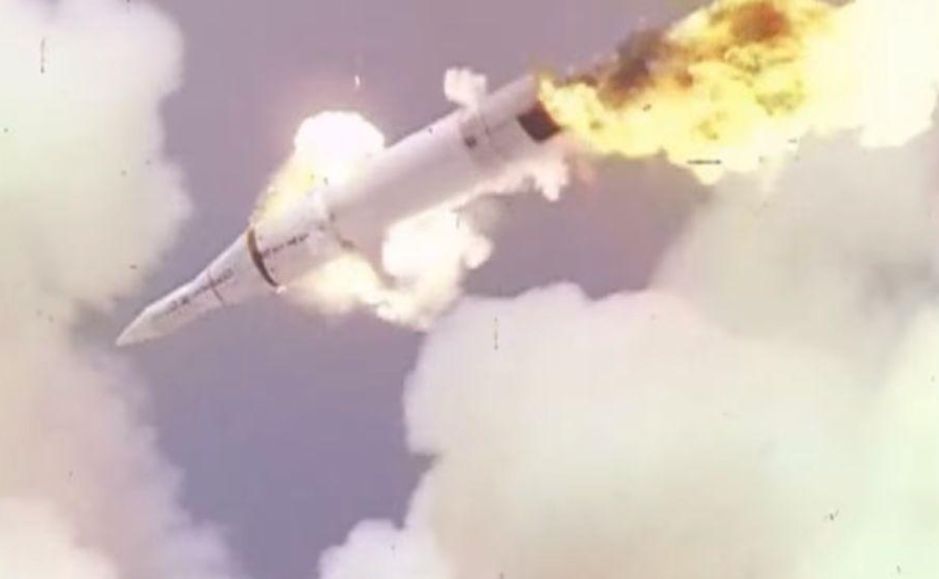NASA engineers, impressed with SFMTA's outreach and community meeting program, have decided that the engineering of its next moon launch, including choice of propulsion, rocket design, and other factors, will be based on public comments.
"We have a long history of not listening to the public before just launching a rocket," said Jeffrey Smuvlin, chief of NASA propulsions systems. "That's got to change. And SFMTA has shown us the way."
Following this concept, Smulvin has ordered the agency to throw out any design guides that are based on Newtonian physics or a century of international best practices and to instead start experimenting based on the "something is better than nothing" principle, gut instincts, and, when it agrees with his gut, public comment.
At the first meeting of its kind, held at Moffett Field on Tuesday, members of the public were given two minutes each to address a committee of NASA directors.
"I think you should use organic, natural methane for fuel--that's less wasteful," said Joyce Souffle from Mountain View. "I know it will take longer to bottle and collect, but you haven't been to the moon for fifty years, so what's the rush?"
"Just hook some impulse engines and Dilithium crystals to the ship," said Bobby Canolie, an epicurist from North Beach. "It worked on TV!"
Meanwhile, staffers at UCSF General Hospital, inspired by NASA, are moving forward with similar plans to adopt SFMTA's outreach efforts as a core component of its treatment programs. "Yeah, why shouldn't we listen to the public?" said Dr. George Whackedelly. "We need to be able to say we listen."
Furthermore, Whackedelly said from now on the hospital would ignore studies of successful surgical techniques from Europe and Asia. "Just because a new technique for a cardiac bypass has shown better success rates overseas doesn't mean it will work here. This ain't Denmark." Whackedelly added that he is reactivating the blood-letting/leeching unit. When asked why he would resort to an old medical technique that doesn't work, he said "we have to do something" and that doctors still use leaches at a clinic in a suburb of São Paulo.
The first program to receive public input under the new policy will be the hospital's brain surgery unit. Operations will be delayed three years or more while public comment is collected and processed, said Whackedelly. He added that even if 99 percent of the public urged the hospital to go back to using science, studies, and international best practices, they won't. "We can't go back. It's too late. We have to do something now."
"You spend too much money on surgical tools, when drills and picks from any hardware store will do," said Clark Chan of Great Maul hardware on Taraval, at the hospital's first public meeting on surgical techniques, also held on Tuesday. "A drill is a drill is a drill. If it's good enough for a two-by-four, it's good enough for my skull."
"You know what? I'm flying to Sweden for my brain tumor operation," said Shane Rodgers, who came to the meeting in his surgical gown. "You guys are f*cknuts."
***
Streetsblog will be off Friday, March 31 in observance of Cesar Chavez Day. Since April Fools is Saturday, we thought we'd run this post early.






